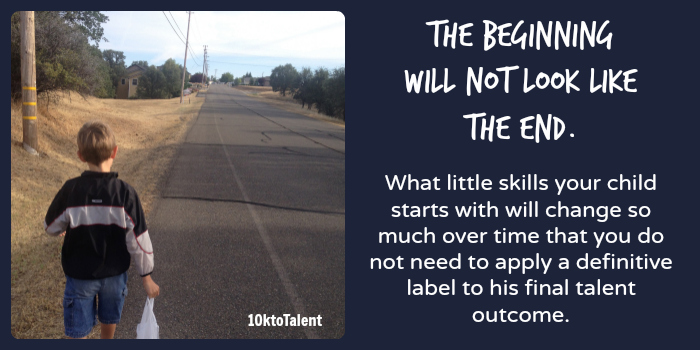One of my favorite books on the subject of talent is by Geoffrey Colvin. He says with regards to observing the pattern of super-talented people:
“The work is so great that it seems no one can sustain it for very long.
A finding that is remarkably consistent across disciplines is that four or five hours a day seems to be the upper limit of deliberate practice,
and this is frequently accomplished in sessions lasting no more than an hour to ninety minutes.”
(The quote comes from “Talent Is Overrated: What Really Separates World-Class Performers from Everybody Else” “(p. 71) in the US. Kindle Edition)
Parents: are you allowing your son to spend enough time with his talent? have you structured your daughter’s time so that she has ample, luxurious time to be emotionally engaged with the talent work she is doing?
One extreme is being able to find only enough time per week for a miserly one to two hours of talent development. The other extreme is spending more than four hours every day in deliberate practice, to the point of spinning wheels through mental exhaustion. Very few fall into the latter category. Most fall into the first mistake because they are simply spending more time going to soccer practice or youth group events than actually working on improving their talent.
Finding time every day for your child to deliberately practice on some aspect of his long term talent can be a difficult task in itself. One way to lessen the time burden is to turn your school time into time that supports your student’s growth in his talent. Have you looked at how you can turn his English composition and writing time into an opportunity to write about an aspect of his talent? For some students this could represent several hours of writing time every week devoted to writing about his talent. Have you looked at her science curriculum and found a way to focus on a particular aspect of science that is more closely related to her talent? If your child has a drawing interest as part of her talent, perhaps a course on the science of light, instead of more biology, would help her understand her talent a deeper level. All of that school time has the potential to be time that can be turned into time being spent to push your student forward in his or her talent.
The alternative of being creative with how you use your child’s school materials is for your son or daughter to be forced to find left-over time slots at the end of very busy days. If such is the case, that means more often than not, that your student is not really making any significant progress in his growth. He won’t be able to achieve lift-off into his world of talent by the time he is eighteen years old and he will fall back down among the hurried and harried young adults looking for a calling in life. I urge you to make a mind-map of all the educational and extra-curricular activities in your young person’s life and brainstorm ideas on how you can make them serve your child’s talent potential.











